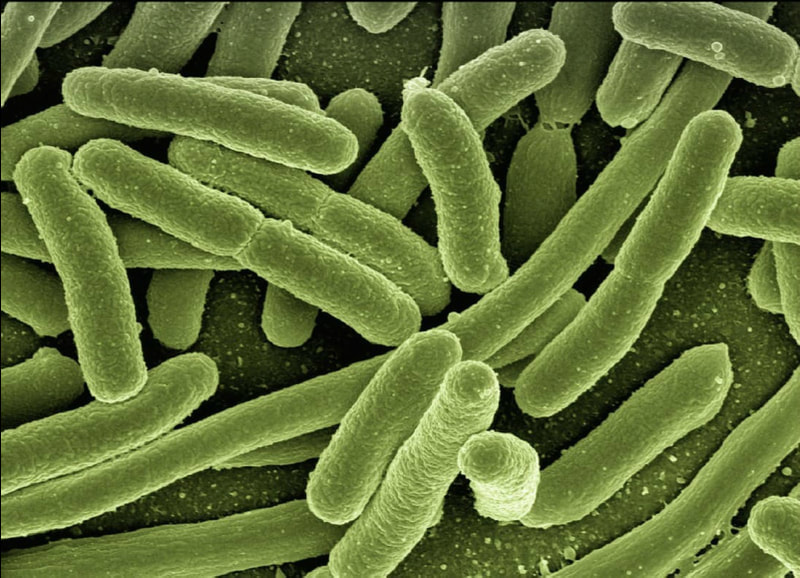What’s Stopping People From Getting STI Treatment,
Even After Testing Positive?
Every day, nearly one million people contract a sexually transmitted infection (STI). As common as STIs are, there are several barriers to STI testing including stigma, high costs, and lack of accessibility. For those who do have access to testing, treatment of STIs follows shortly after to treat the infection. However, there is a disconnect. Sometimes, people who get tested fail to return to receive their STI results, which can take between a few hours to a week to generate. Thus, these individuals never receive treatment for their disease.
In a study conducted by the Fernand Widal Hospital in Paris, researchers wanted to find out which types of people failed to show up to their STI treatment appointments after receiving a positive result. The research study recruited participants from a pool of individuals tested at the free STI clinic of the Fernand Widal Hospital.
The researchers tested patients at the STI clinic for common STIs such as the human immunodeficiency virus (HIV), the hepatitis B virus (HBV), the hepatitis C virus (HBC), syphilis, gonorrhea, and chlamydia. From there, participants who received a test answered questions about their age, whether they received HIV testing in the past, and whether they believed they were at high risk for contracting HIV. If a participant tested negative, they would receive a text message with their negative results; however, if the participant tested positive, they would receive a text message to return to the clinic and receive their full STI test results.
Based on these STI tests, 214 participants tested positive for at least one STI out of 2611 participants. Of these 214 participants who tested positive, 30 individuals, or 14%, failed to return to the clinic for treatment within 30 days after their test. Additionally, the most common STIs seen were chlamydia, followed by HBV, syphilis, gonorrhea, and HCV.
In a study conducted by the Fernand Widal Hospital in Paris, researchers wanted to find out which types of people failed to show up to their STI treatment appointments after receiving a positive result. The research study recruited participants from a pool of individuals tested at the free STI clinic of the Fernand Widal Hospital.
The researchers tested patients at the STI clinic for common STIs such as the human immunodeficiency virus (HIV), the hepatitis B virus (HBV), the hepatitis C virus (HBC), syphilis, gonorrhea, and chlamydia. From there, participants who received a test answered questions about their age, whether they received HIV testing in the past, and whether they believed they were at high risk for contracting HIV. If a participant tested negative, they would receive a text message with their negative results; however, if the participant tested positive, they would receive a text message to return to the clinic and receive their full STI test results.
Based on these STI tests, 214 participants tested positive for at least one STI out of 2611 participants. Of these 214 participants who tested positive, 30 individuals, or 14%, failed to return to the clinic for treatment within 30 days after their test. Additionally, the most common STIs seen were chlamydia, followed by HBV, syphilis, gonorrhea, and HCV.
Image Source: Reproductive Health Supplies Coalition
After evaluating the participants’ questionnaires, researchers found that individuals under 25 years old who were tested for an STI before were more likely to fail to return to the clinic than older participants who had not been tested before. Additionally, those who saw that they had a lower risk of HIV infection were much more likely to not return to the clinic, even when they tested positive for an STI.
Overall, the researchers concluded that a participant’s self-perception of their STI knowledge and their disease risk plays a huge role in how they respond to infection results and whether they receive treatment. One’s self-perception of their STI risk can be strongly related to their health literacy, as a participant’s self-assessment of their STI risk is based on what they know about STIs in general. As a result, health literacy is one key cornerstone of receiving treatment for potentially life-long STIs. If individuals are lacking sexual health knowledge--for instance, if a participant didn’t know that unprotected anal sex could lead to higher HIV rates--that person could engage in more sexually risky behaviors and increase transmission of an STI without ever receiving treatment. Ultimately, what individuals know about their health can be the deciding factor on whether they receive medical help.
Overall, the researchers concluded that a participant’s self-perception of their STI knowledge and their disease risk plays a huge role in how they respond to infection results and whether they receive treatment. One’s self-perception of their STI risk can be strongly related to their health literacy, as a participant’s self-assessment of their STI risk is based on what they know about STIs in general. As a result, health literacy is one key cornerstone of receiving treatment for potentially life-long STIs. If individuals are lacking sexual health knowledge--for instance, if a participant didn’t know that unprotected anal sex could lead to higher HIV rates--that person could engage in more sexually risky behaviors and increase transmission of an STI without ever receiving treatment. Ultimately, what individuals know about their health can be the deciding factor on whether they receive medical help.
Featured Image Source: Imani Bahati
RELATED ARTICLES
|
Vertical Divider
|
Vertical Divider
|
Vertical Divider
|






